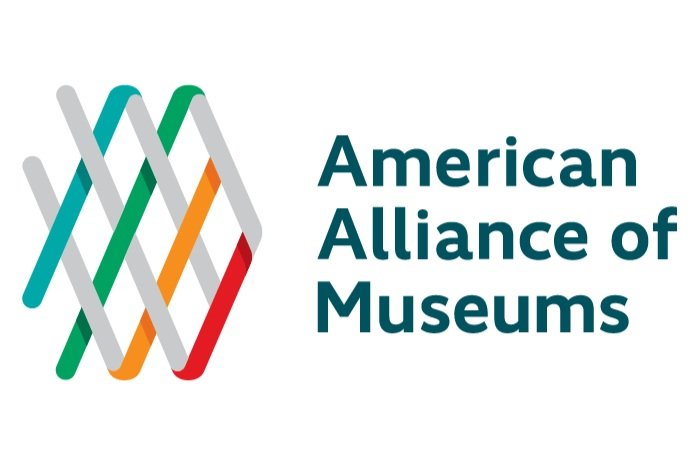Twenty-Fifth Annual Excellence in Exhibitions 2013
When creating exhibitions we strive to incorporate best practices into our process. By integrating visitor feedback, strong and accessible storylines, powerful objects, robust experiences, and purposeful design, we hope our exhibitions will resonate with the public. This year’s winners, however, took their projects a step further. Each exhibition highlighted here had a unique vision or intent that guided the process and set it apart from many other projects. Through sheer beauty, visitor empowerment, community engagement, or integrated architecture, each of these winners pushed forward an element of exhibit development or design and created an exhibition worthy of recognition. Congratulations to this year’s winners!
Special Distinction: Aesthetics and Materials
The temporary exhibition Light: Installations by Bruce Munro at Longwood Gardens in Pennsylvania displayed eight light installations by UK artist Bruce Munro. The interpretive goal of Light was to create a nocturnal artistic intervention that illuminated areas of the property in compelling and transformative ways.Artworks were strategically placed throughout Longwood Gardens to highlight a range of areas within the gardens, transforming lakes, meadows, forests, and fields in ways that demonstrated the links between nature and culture. The installation altered everyday materials such as recycled CDs and PET bottles into beautiful art.
Special Distinction: Messaging and Engagement
Health Happens Here at The California Museum in Sacramento was developed for California elementary students and policy makers. Components promote interactivity, personal connections, and empowerment. By playing kid-friendly games, visitors explore connections between health and communities, including food access, urban sprawl, public education, civic participation, sustainable community- building, social equity, and environmental issues.
Special Distinction: Community Engagement
Chicago History Museum’s temporary exhibition Out in Chicago explored the vibrant lesbian, gay, bisexual, and transgender (LGBT) history of Chicago. It detailed the emergence of diverse LGBT communities, emphasizing the everyday lives of these Chicagoans as well as their activist struggles for equality and against homophobia and the fear of gender difference.
Special Distinction: Alignment of Site and Mission
The Natural History Museum of Utah was recognized for its suite of Exhibitions: Sky, Life, Land, First Peoples, Great Salt Lake, and Past Worlds. In November 2011 the museum opened its Rio Tinto Center, located on 13 acres along the shoreline of Lake Bonneville, with views of Salt Lake City, the Great Salt Lake, and the Oquirrh Mountains. The new building served as an opportunity to rethink the role of the Natural History museum and its exhibitions. These six permanent exhibitions provide a place-based visitor experience rooted in the natural phenomena of Utah’s unique landscapes and ecosystems and the science they inspire. Because the exhibits were designed in tandem with the building, the museum included carefully framed views of the city and natural spaces beyond the museum walls. The result interweaves immersive spaces, pathways, and experiences.
